Teaching style and future classroom
Scaffolding
Throughout my student teaching experience, I learned that how you scaffold lessons could determine student success. My students' learning flourished under the I do, we do, you do scaffolding model that follows the gradual release of responsibility from teacher to student. This scaffolding ensures student understanding and gives the students a sense of routine while learning. This sense of routine can ease a student’s task anxiety. In the I do section of the lessons, I informed students about what knowledge they needed and showed them how to apply that knowledge to the skill I was teaching. In the we do section of the lesson I would guide students through completing a task checking for understanding throughout. In the you do section of the lesson, student's completed tasks independently.
Inquiry-Based Learning
I believe that inquiry-based learning is more than answering a student’s questions about what they want to know. Inquiry-based learning is about students making real-world connections between the knowledge they gain in school to their real-world experiences. Students ask questions and solve real-world problems when they partake in inquiry-based learning. In this type of learning environment, students are asked to sit in the driver's seat of their learning, so to speak. Inquiry-based learning encourages students to think critically about the problems at hand, thus improving their problem-solving skills. Inquiry-based learning allows students to interact with complex topics encouraging them to think creatively about them.
Learning Styles
Keeping students' learning styles in mind when designing lesson plans is crucial to student understanding. Every student learns differently; it is essential to remember this if student success is the main focus of your teaching. I incorporated every learning style in every lesson I did while student teaching. For instance, in math, I would always use the given technology to model a problem-solving strategy while talking my students through it for auditory and visual learners. Students would then get ample opportunities to practice this problem-solving strategy for students who learned best by writing. I would incorporate a movement with a saying for kinesthetic learners to help them remember a math rule, or I would use real-world examples where they would have to solve using manipulatives.
Reaching Everyone
I subscribe to the notion that no child should be left behind. To ensure that this didn’t happen in my classroom while student teaching, I differentiated my lessons to make the knowledge accessible to everyone. One way I did this was by pairing up students by their level of understanding. I would pair up a student who wasn’t understanding the new skill with a student who was. That way, there was that extra guided practice for that student who needed it. Another great way to differentiate is by holding small groups or centers. By holding small groups or centers, you can easily target what a student doesn’t understand and work with them in a less distracting setting tailored to their needs. For the writing workshop, I would pull one student who struggled with spelling, reading, and writing and would ask him to tell me what he wanted to write verbally. I would then model how to write what he wanted to say and guide him while he wrote it.
Language Arts Endorsement
Language arts has always been a passion of mine, and getting students excited about language arts is something I care deeply about in my educational career. Students will see the value in language arts when educators integrate other subjects into writing and reading. Students will begin to understand that writing, reading, and language affect everything we study. Once students see that the language arts are valuable to them in every subject at school and all life experiences, they will have a reason to care about language arts. Another aspect I will consider when increasing student engagement is using inquiry-based learning when choosing what students will write about or read about. There are multiple routes to achieve the unit's objectives in language arts. I will let the students lead the route we take.
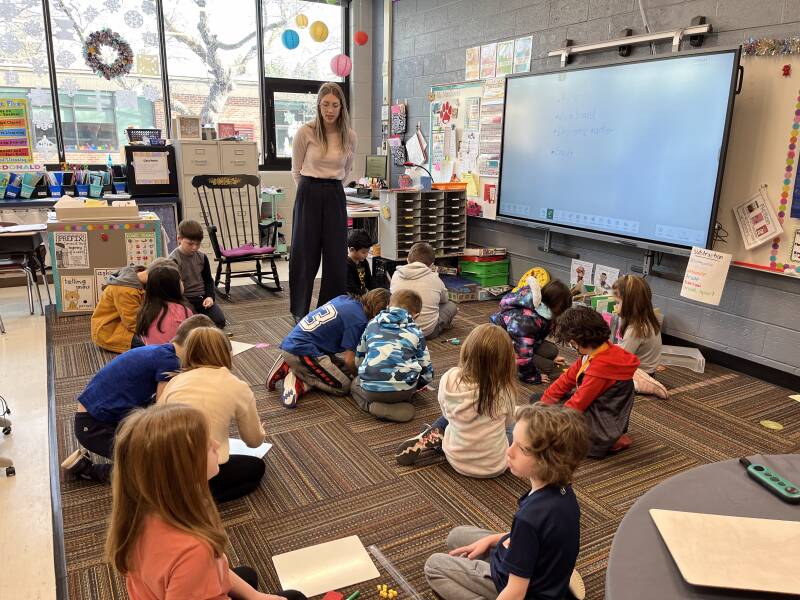
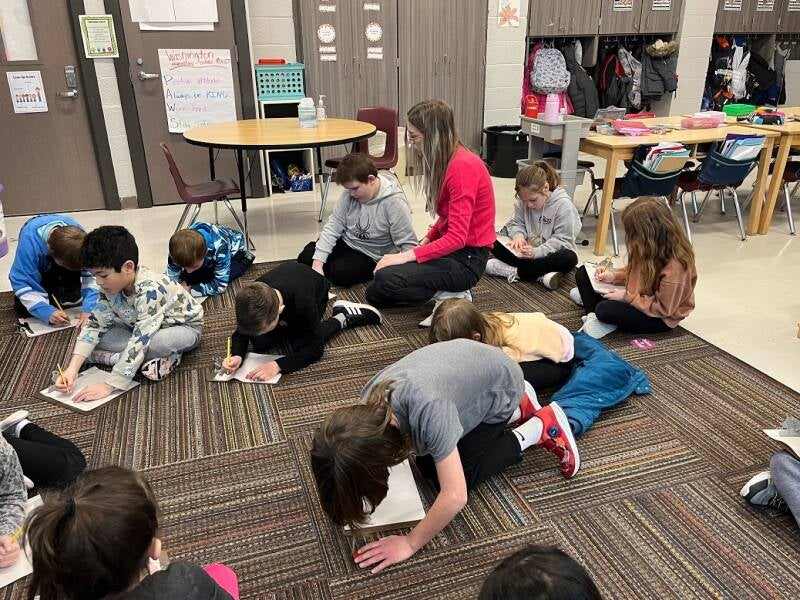
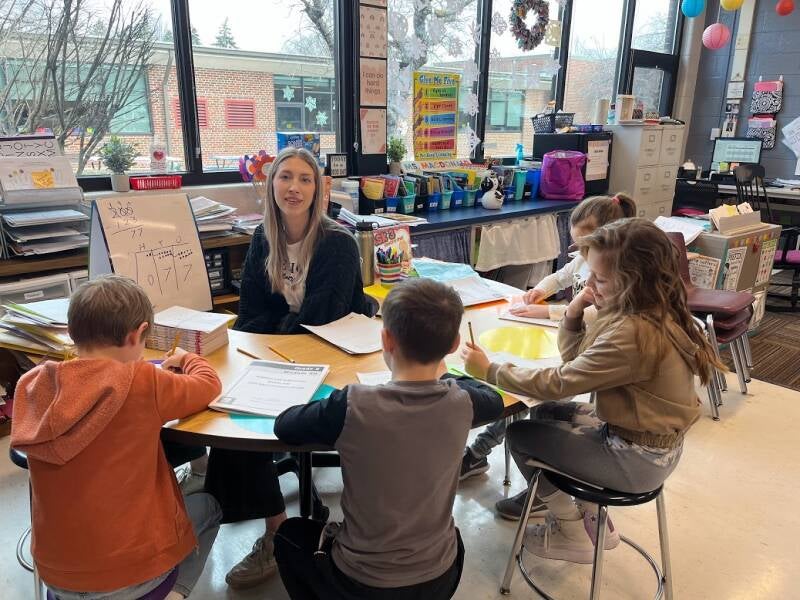
Classroom Management
Classroom management should be built on a foundation of mutual respect. When students feel respected by the person facilitating their learning, they will know they are in caring hands. Students learn best when they know the person they are learning from has the best intentions for them. I plan to convey to students that they are respected by having them create classroom expectations with me at the beginning of the year. I will then create contracts for the students and myself to sign stating that we will adhere to the classroom expectations.
In a classroom built on mutual respect, reminding students what they should be doing should remain positive. Behavior consequences should not be given publicly, as students do not feel respected when embarrassed. All consequences in the classroom should be natural consequences. For example, if a student isn’t respecting the classroom supplies, they have to help me fix or organize them during typically what would be free time. Students' positive actions should be met with positive reinforcement. I like these positive reinforcements to match the actions as well. For example, in my student-teaching classroom, if a student was working hard in reading, they would get to pick a book to read to the class the following day. I find it essential that my reminders to students remain positive because they are only kids, and they will require reminders from time to time.
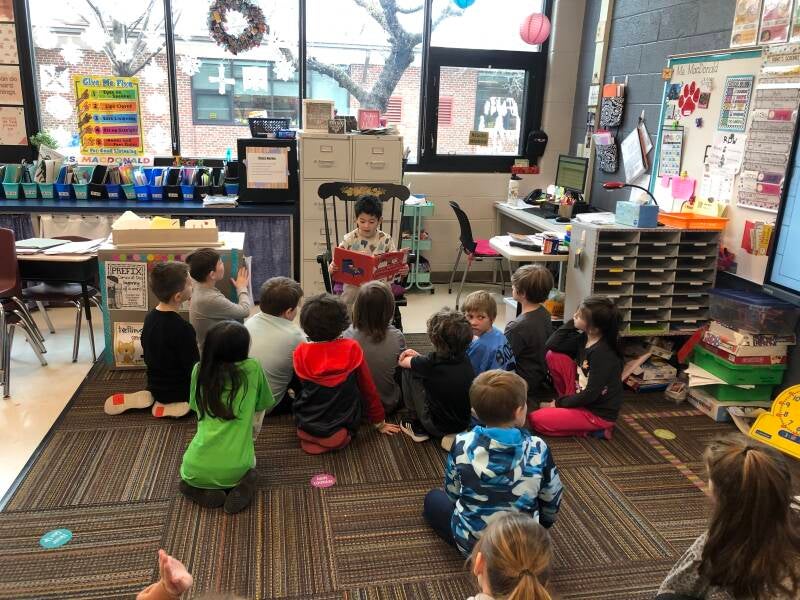
Lessons and work samples
While student teaching, my second-grade students were working on opinion writing. The final task was to write a book review, and I decided to plan and execute a book tasting. A book tasting is when either the teacher or the students read books from different genres and then discuss the book's genre, characters, setting, and main message. Students then decided which book they want to write their review on and worked on prewrites, rough drafts, corrections, and final copies over the course of a week. To excite my students, I wanted to make their book-tasting special by decorating the room like an Italian restaurant and serving food and beverages during the read-aloud portion of the lesson. Students were excited about their book tasting, and writing their book reviews.
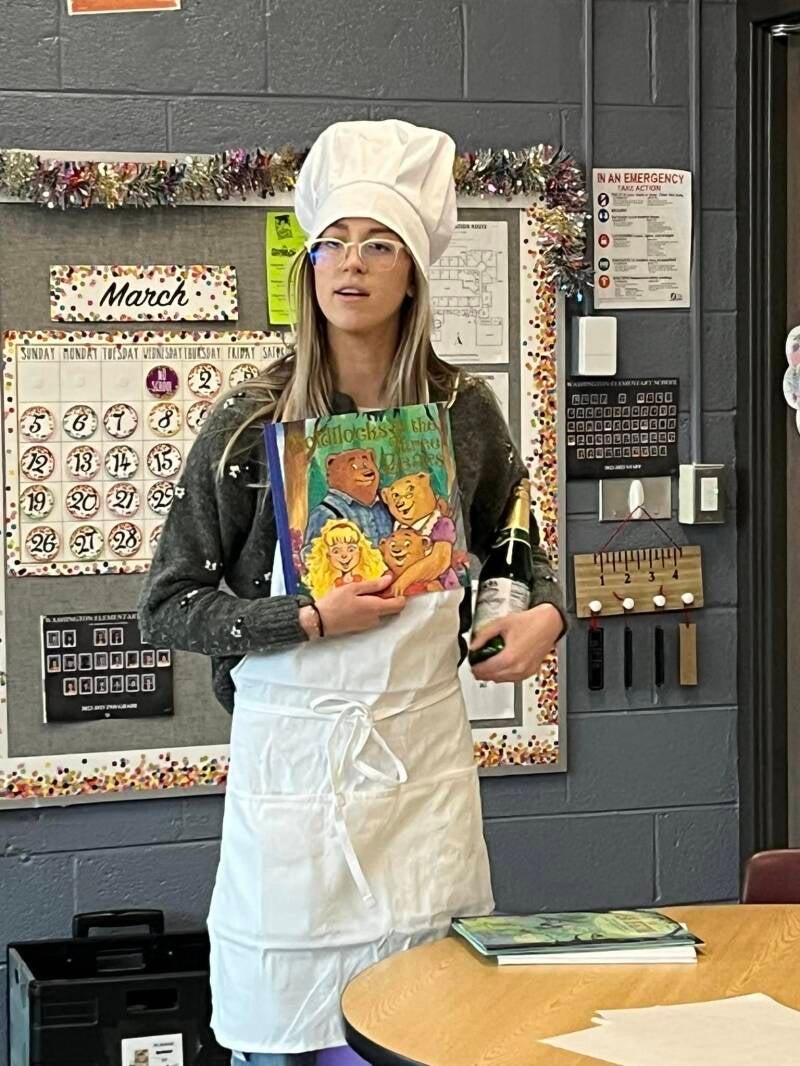
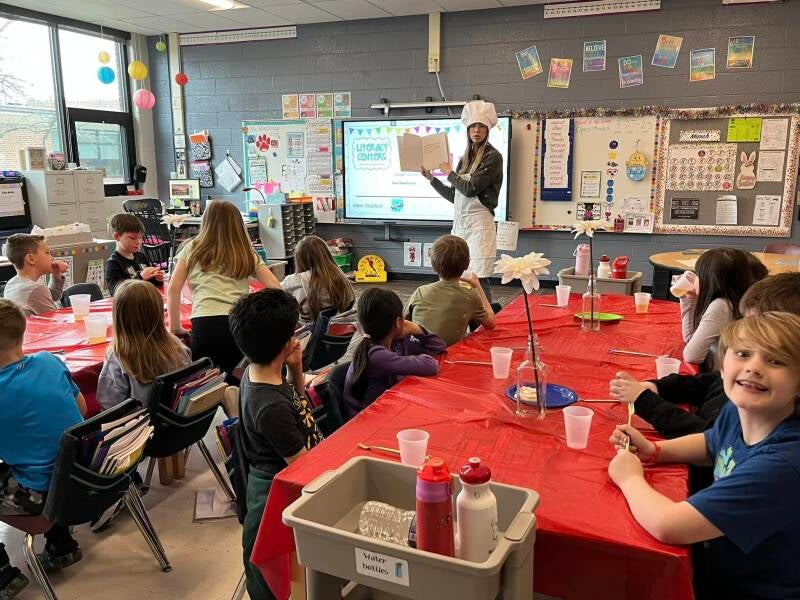
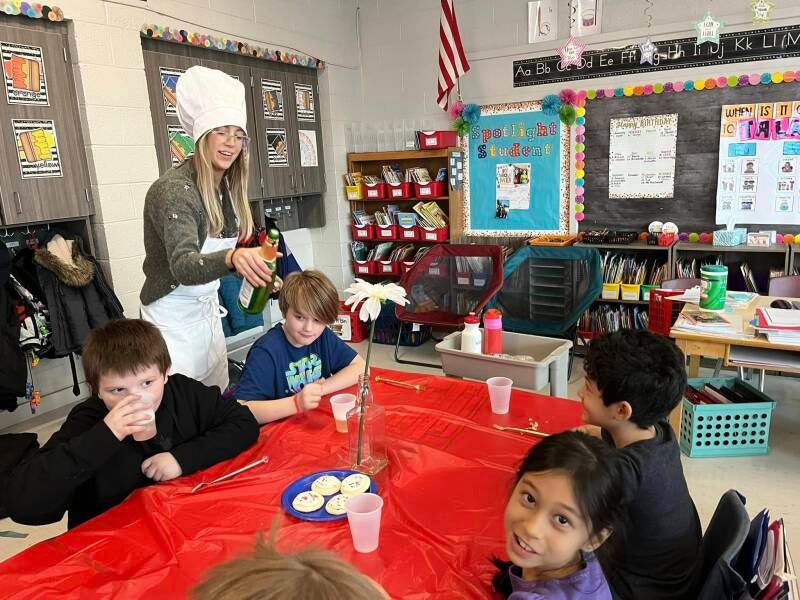
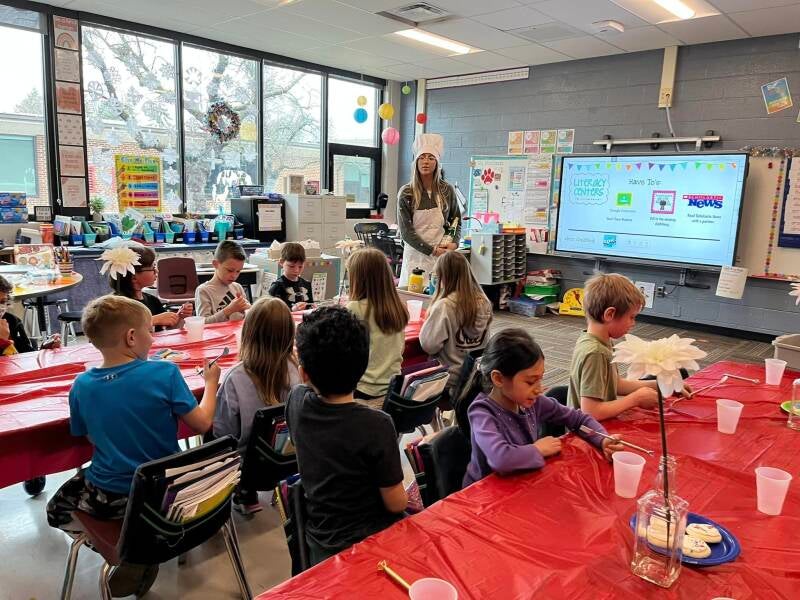
Technology
Zearn
Zearn is a math learning platform that allows students to practice mathematical skills through pictures, models, sprints, and real-life examples of their learning in class. On the days when we did math centers, the students would come into the classroom in the morning and work on Zearn. After this, students would break off into four centers. One center would be small group instruction with me, one was a math game, one would be a worksheet that reviewed what we had learned in the whole unit, and the last one would be to work on Zearn. Each student would spend twenty-two minutes in every center.
Smartboard
In my student-teaching experience, I was in one of the few classrooms with a new smartboard. This smartboard provided ample opportunities for me to model different problem-solving strategies for my students in math, reading, writing, science, and social studies. It increased student involvement in our math unit about the foundations of multiplication and division because the students got to build arrays on the board with 3-D shapes.
Google Classroom
I used Google Classroom to reduce the amount of paper used in the classroom. Google Classroom was most often used during literacy centers to help students review word-building knowledge they previously learned. I created a Google Slides assignment that students had to fill in with information that they had gathered during their research reports.
YouTube
I used YouTube as a way to get the students up and moving during brain breaks. My students enjoyed the Would You Rather exercise brain breaks. I would also use YouTube to put on read-aloud during transition times to ensure that students' noise levels remained reasonable.

Create Your Own Website With Webador